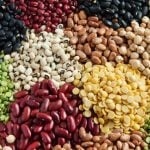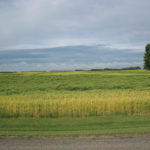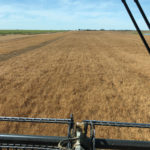Annual returns from the U.S. stock market have averaged 9.4 per cent since 1900. Over these 119 years, inflation has run 2.9 per cent, so long-term after inflation returns have been 6.4 per cent. Stocks exhibited significantly better real returns than bonds at 1.9 per cent, T-bills at 0.8 per cent and residential real estate […] Read more












